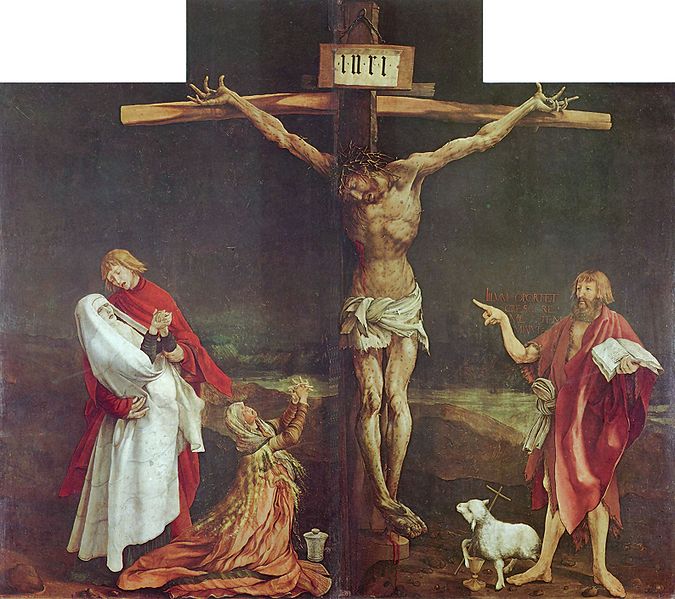Bud Fox: So what do you see in this?
Darien Taylor: Purity. Innocence.
Bud Fox: A few thousand dollars down the tubes, if you ask me.
Beauty, they say, is in the eye of the beholder. I'd go further and suggest that meaning is as well. It isn't the world itself, which is as it has always (at least relative to human experience) been, but the perception thereof that, inter alia, distinguishes a Sumatran tribesman from a Wall St. stockbroker.... or not as the case may be. The meaning of life or any symbol thereof is, at least as I view the world, in the individual mind.
Meaning, of course, can be taught. While teaching my son mathematics, I've had to teach him the meaning of the symbols "+", "-", "x" and "÷". By "teaching him the meaning" I mean that I've taught him what he should think when he sees these symbols.
But, having taught him this meaning, I should not assume that for the rest of his life these symbols will always evoke the thoughts I have taught him. Fortunately, positive and negative reinforcement, given the existing consensus on the meaning of these symbols, should work to ensure that he thinks "divide" when he sees "÷".
Pause for a moment, and think about that notion- the ability to instruct a mind to think this or that when they recognize a symbol, be it a Coat of Arms, the Presidential Seal or a Stop sign. To control others' thoughts is about the highest form of power I know of. Fortunately, or so I believe, while it is not too difficult to impose a meaning on an image or symbol, the mind of man, over the long run is free to think of things as it will. Symbols and Icons that held the mind in thrall eventually come to have different meanings.
More complex symbols, like paintings or photographic images, can evoke more diverse meanings. Moreover, while the surface meaning of say, a picture of a young woman crying over a person lying on the ground, might be similar in many people, fewer likely recognize that the photo is of the Kent State shootings and fewer still likely recall how such a tragedy came to pass. I know I could sing (in a manner of speaking) the lyrics of "Ohio" long before the song evoked the image and the history of the event. It took a desire to understand the image and song to uncover its meaning and context.
Look at the image below and consider the words of Bud Fox: What do you see in this?
The artist, Pablo Picasso, painted the mural "Guernica" in reaction to the Nazi bombing of the Spanish town of Guernica.
A tapestry copy of the mural hangs outside the entrance to the United Nations Security Council. Oddly enough, when Colin Powell argued for military action against Iraq in the spring of 2003, a blue curtain was hung over the tapestry. Now there's some symbolism.
The image below is likely quite familiar.

As with a work of art, the meaning of the image varies from person to person and even within individual people, over time. Right after the event, many saw in it a call to do battle with those who would perpetrate such a deed. Over the next few days many will try to impose a meaning on the image. It will be interesting to see what meanings the image evokes as time passes.
A few millennia ago, the Roman Empire used an image, in real life, to evoke fear of the wrath of the Empire. In the aftermath of a slave revolt, Marcus Lucinius Crassus ordered that the main road into Rome, the Appian Way, should be decorated with the crucified corpses of the thousands of captured slaves.

Today, many people see something quite different in the image of a crucifixion.


0 comments:
Post a Comment